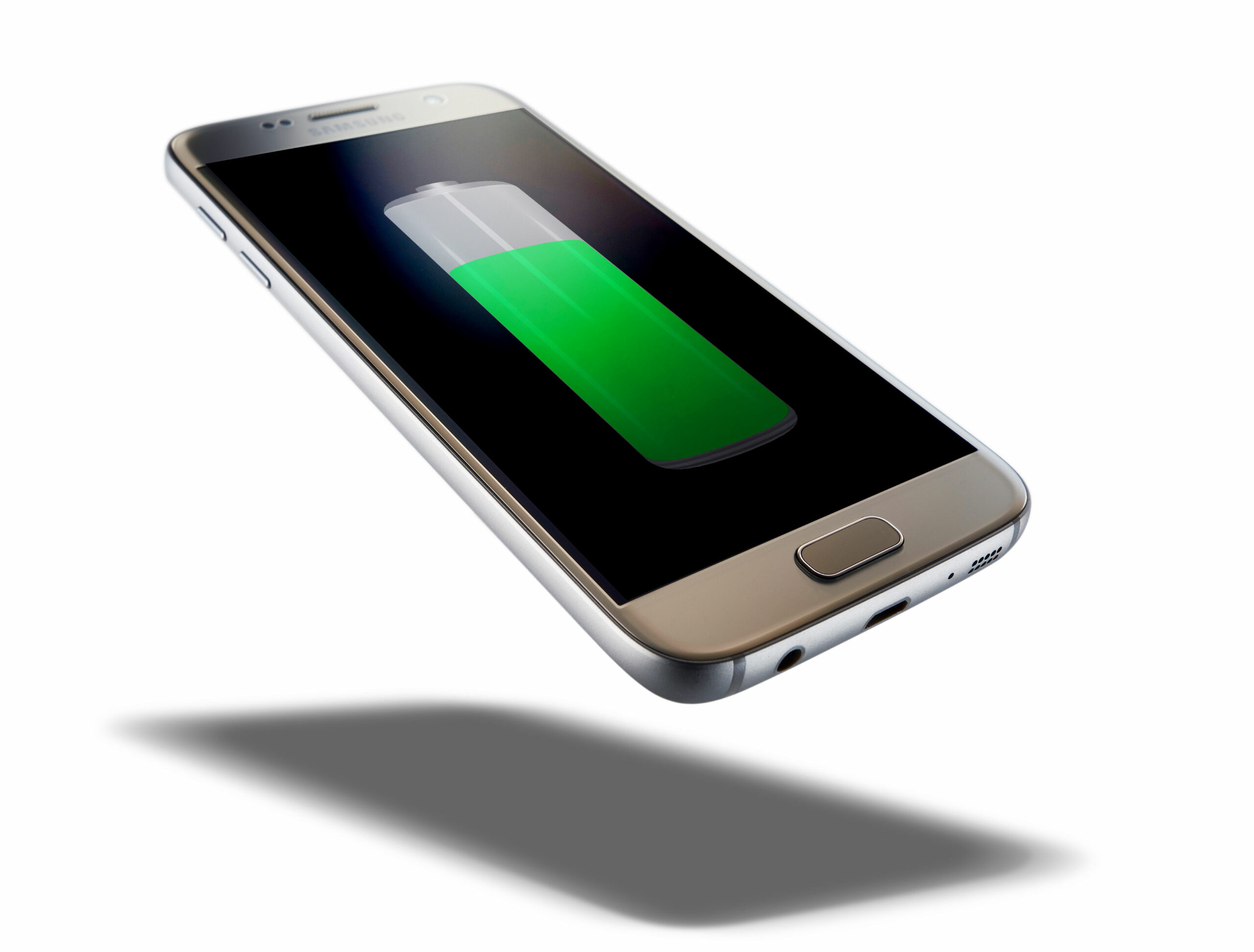Researchers have created a world-first fuel cell that uses stainless steel to power mobiles for a week and keep drones airborne for more than an hour
The past decade has seen huge advances in mobile technology – phones, watches, cameras and drones are smarter than ever. But development across all these platforms has been hamstrung by one major obstacle: power supply. That might all be about to change thanks to an innovative way of using steel, which could result in futuristic batteries that will power our devices.
A longer lasting battery
Researchers at Pohang University of Science and Technology in South Korea have combined porous stainless steel with thin-film electrolyte and electrodes of minimal heat capacity for the first time ever. These batteries, created by Prof. Gyeong Man Choi and Ph.D. student Kun Joong Kim, are not only more durable than current lithium-ion options, but also significantly longer lasting.
This type of fuel cell could power mobile phones for a full week on a single charge
Described as a miniaturised solid oxide fuel cell (SOFC), this type of fuel cell could power mobile phones for a full week on a single charge and keep drones airborne for more than an hour, according to the researchers. And thanks to its basic structure, it can easily be scaled to “develop large and inexpensive fuel cells for a power source of next-generation automotive,” they said.
Prof. Choi’s battery converts hydrogen into electricity through oxygen-ion migration to the fuel electrode via an oxide electrolyte. Typically silicon is used as the supporting component for an SOFC like this, but that design quickly degenerates because of the thermal mismatch with the electrolyte.

Heart of steel
By opting for a design that incorporates porous stainless steel, it is possible to increase both the performance and durability of the fuel cell compared with the silicon-based design. According to Prof. Choi and his student, they chose to use stainless steel for their design because it is “thermally and mechanically strong and highly stable to oxidation/reduction reactions”. The miniature fuel cells are made using tape casting-lamination (TCL) techniques, a process that is similar to 3D printing.
By opting for […] porous stainless steel, it is possible to increase both the performance and durability of the fuel cell
The research study published in the Scientific Reports journal said: “Miniaturised solid-oxide fuel cells (micro-SOFC) designed using thin-film techniques can attain high specific energy (W h kg−1) and energy density (W h L−1) and may partially replace Li batteries in portable devices if fabricated successfully.”
“This cell may be suitable for a portable electronic device that requires high power-density and fast thermal cycling,” they explain. But while electronics such as mobile phones, laptops, wearables and drones (which require high power density and quick on/off) might be the primary area for its uses, the potential applications are endless.
If manufactured successfully, stainless steel-based solid oxide fuel cells can potentially power ultralight aircraft like the e-Gull, the next generation of smart homes or even the new Tesla Model 3. Perhaps now range anxiety with electric vehicles will finally be a thing of the past.

Images: Getty